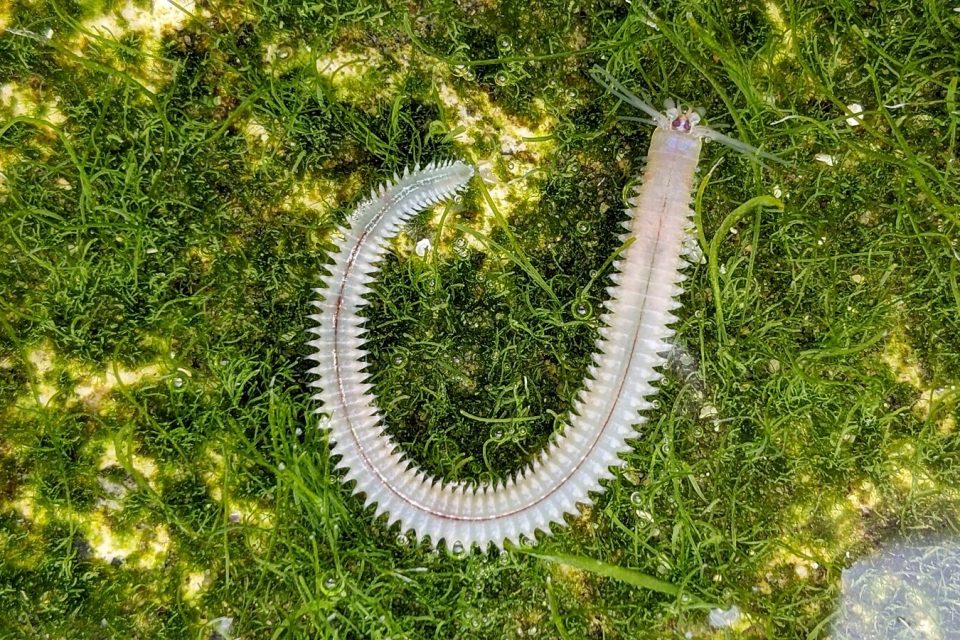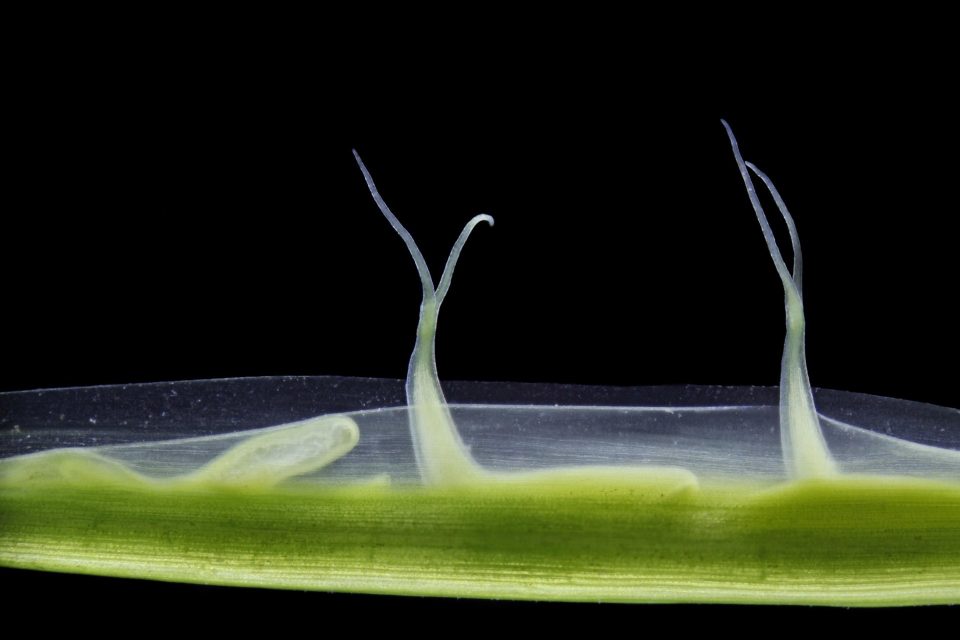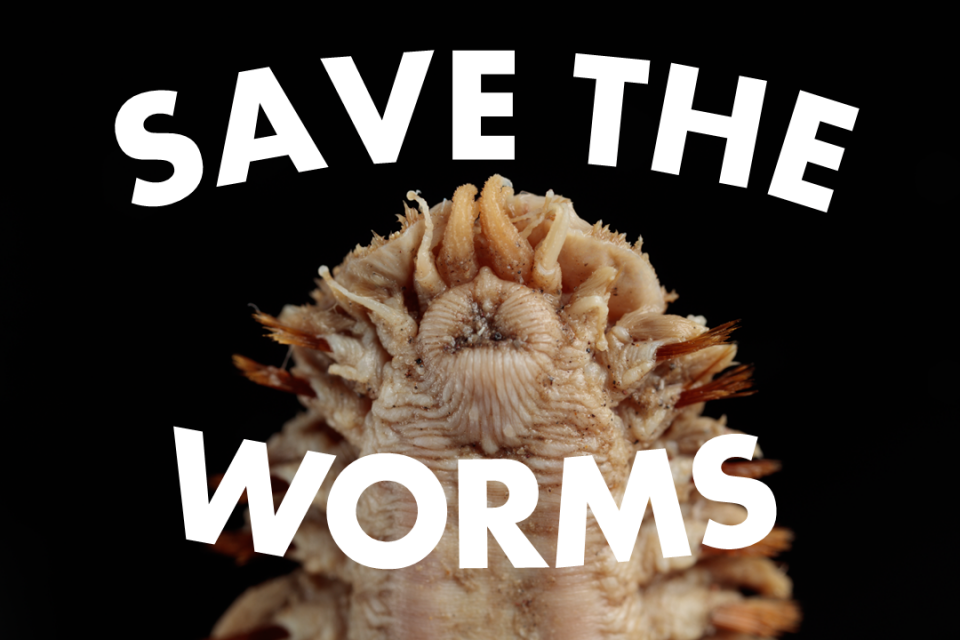
Day 20: Defending Against Rising Ocean Acidification
As we open the door on day 20, we look at a species in the Invertomics study category in the wild, and highlight a study from 2019 that places Platynereis in a modern context, to assess its capability to act as a model organism for studies of ocean […]







